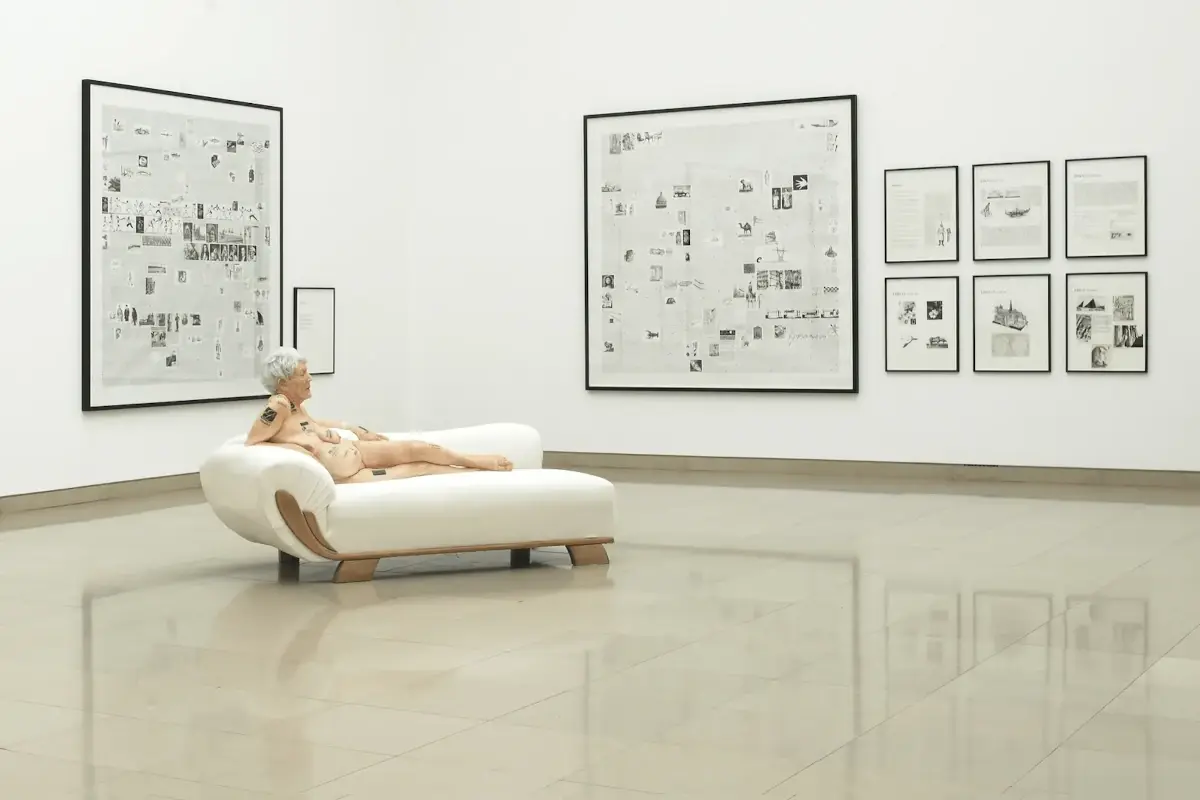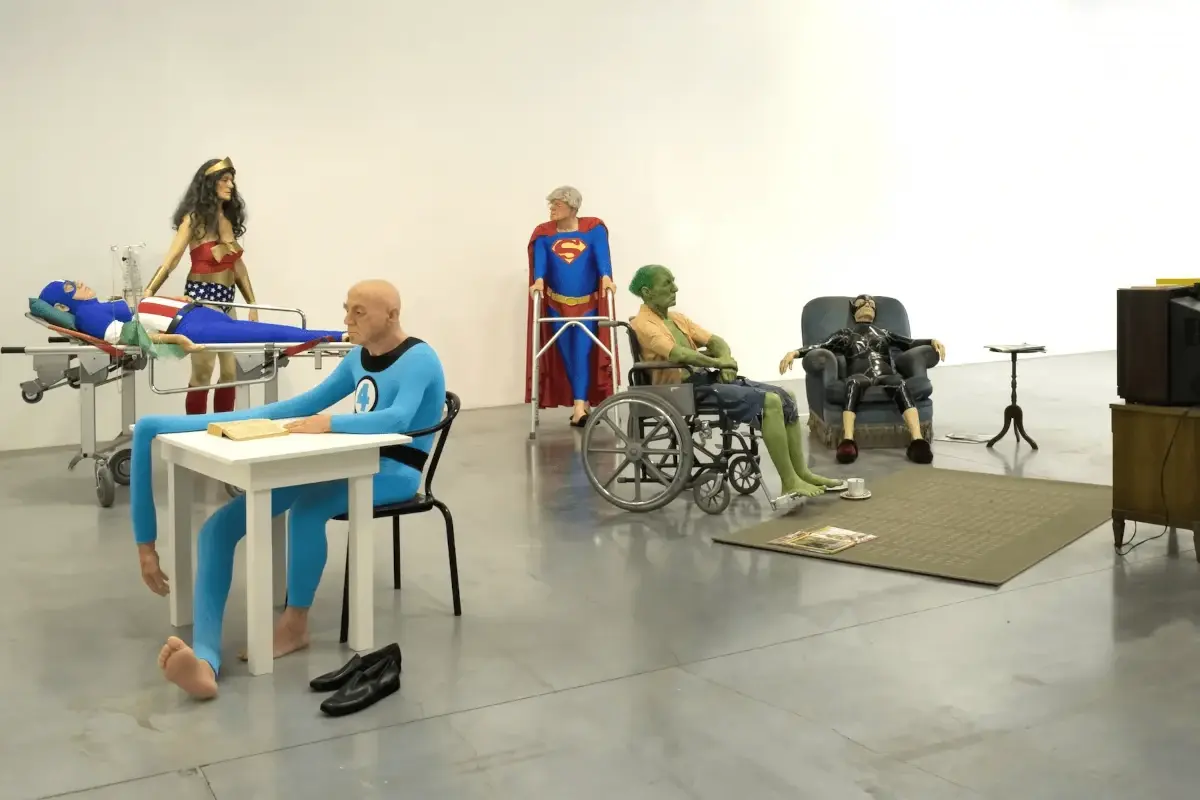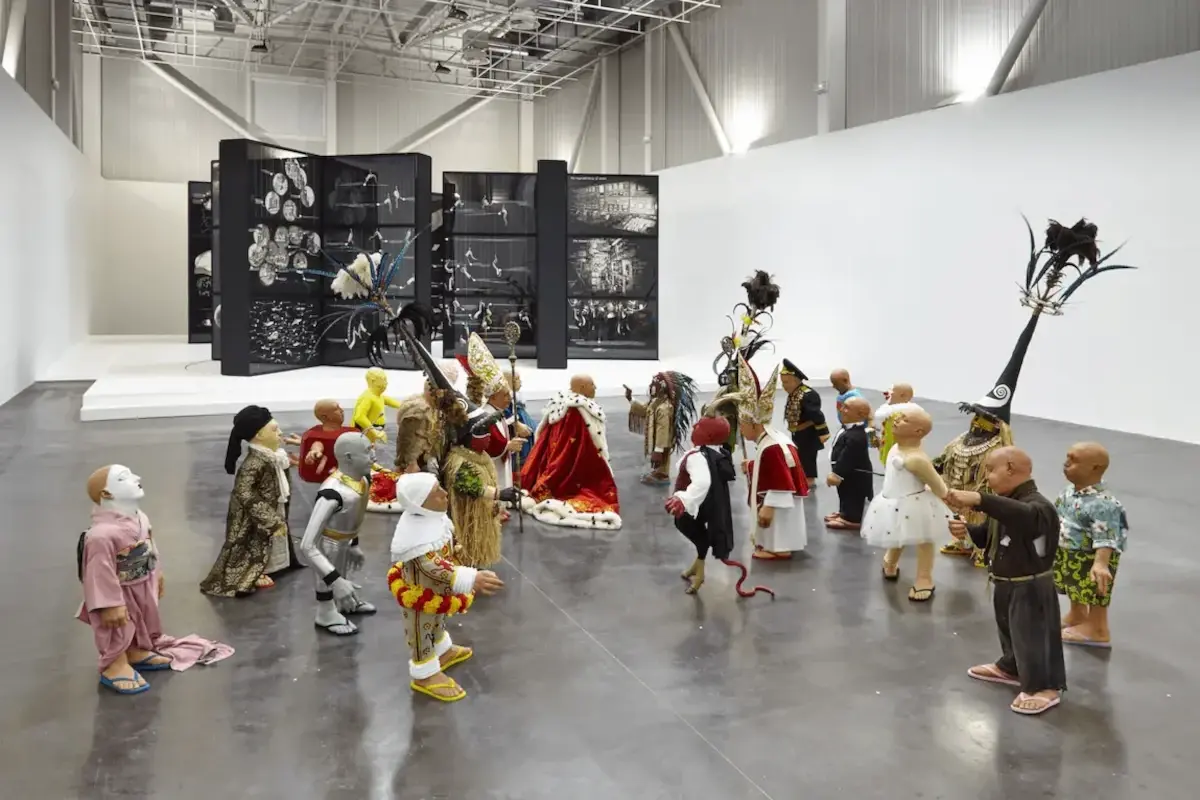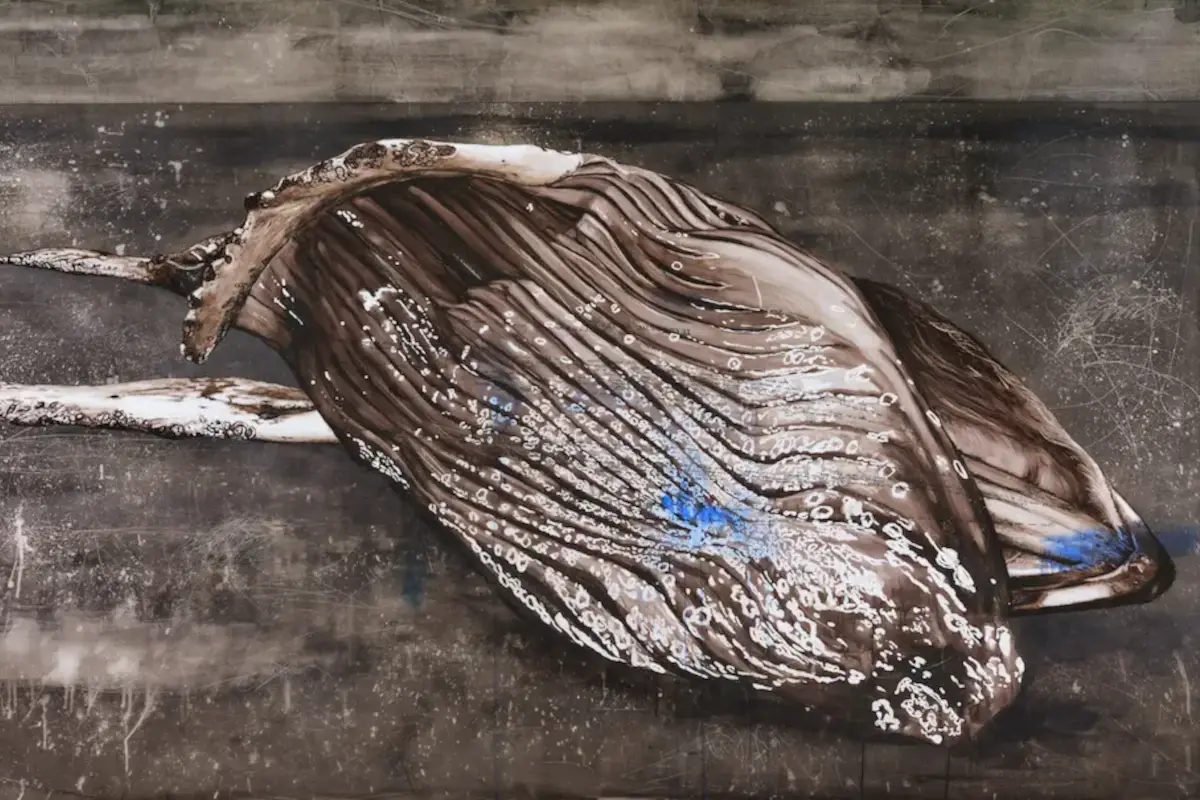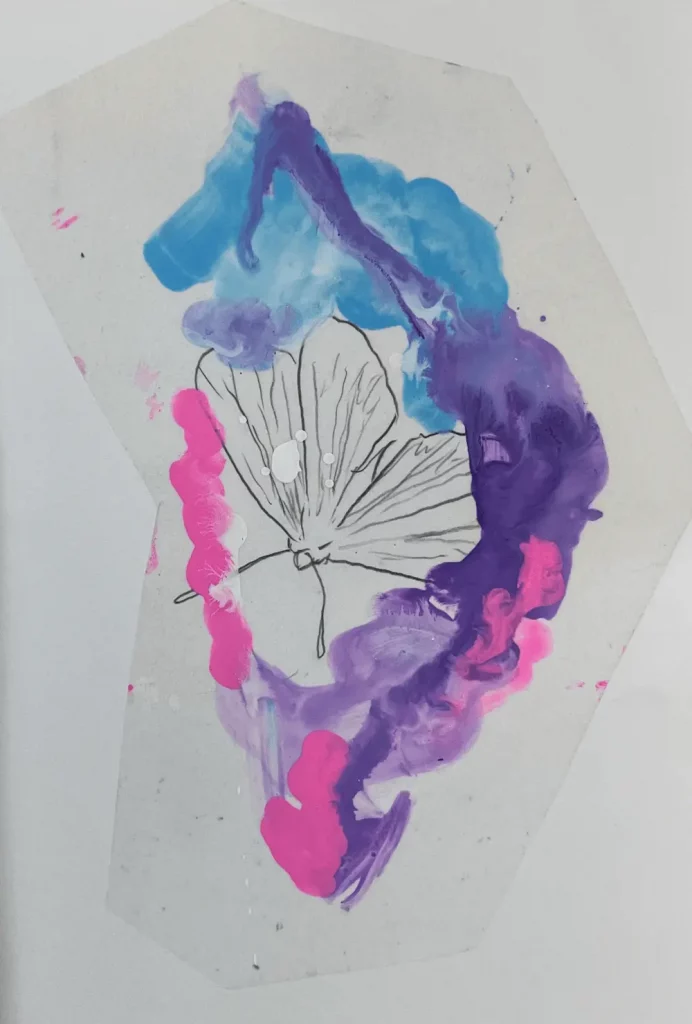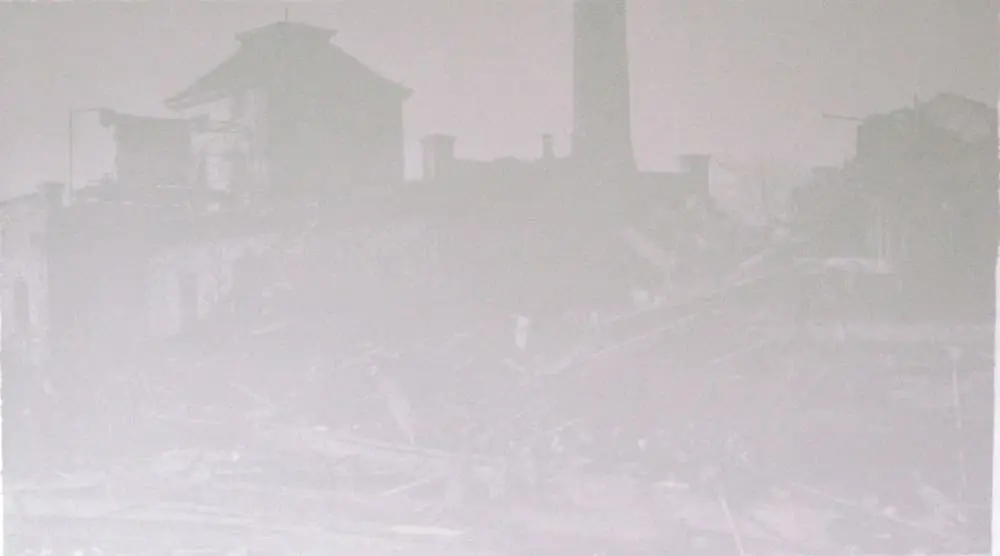News
Current exhibitions
ARLES DRAWING FESTIVAL
Antoine de Galbert Collection. 12.04/11.05.2025. Église Saint Anne, Arles.
SABINE BAYASLI GALLERY
Pochette Surprise. 02.02/01.03.2025. Curator Marc Molk.
MUDAC
Solar Biennale #2 – 21.03/21.09. 2025. From equinox to equinox. MUDAC, Lausanne, Switzerland.
MAC VAL Val-de-Marne Museum of Contemporary Art
The Ideal Gender. From 21. 03. 2025.
Curated by Nicolas Surlapierre.
Co-curated by Yuan-Chih Cheng, Anaïs Linares,
Margaut Segui and MAC VAL teams.
Overview
Biography
As for the question: where to start? Anywhere? There are a thousand entrances to Gilles Barbier. His work never ceases to appear riddled and tentacular. You wouldn’t ask such a cephalopod to hold out his right hand to you… (…) Above all, don’t start at the beginning by unrolling the works along the conventional slope of chronology. To begin at the beginning is always to foresee the end. Art suffocates and dies from an excess of historicity. History of art, history of philosophy, history of science and so on. By teaching only that, we always miss the immanence of paintings and texts. Gilles Barbier, you have to enter it like that, by the path that offers itself, the painting-connection of the moment. Then we’ll see how to map his overabundant arsenal of images and ideas. The more heterogeneous his work, the more multiplicities intertwine, and the more entrances there are. There’s no end, no beginning: just a middle ground.
Pierre Sterckx in: Un Abézédaire dans le Désordre, 2008. (Éditions Du Regard).

